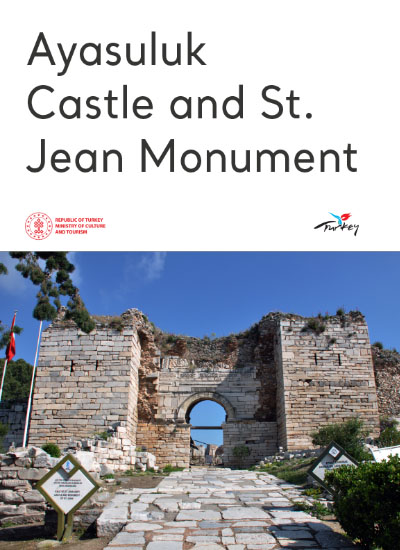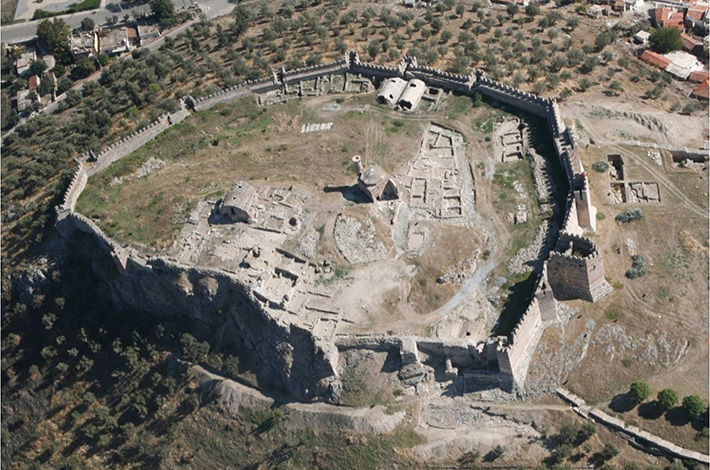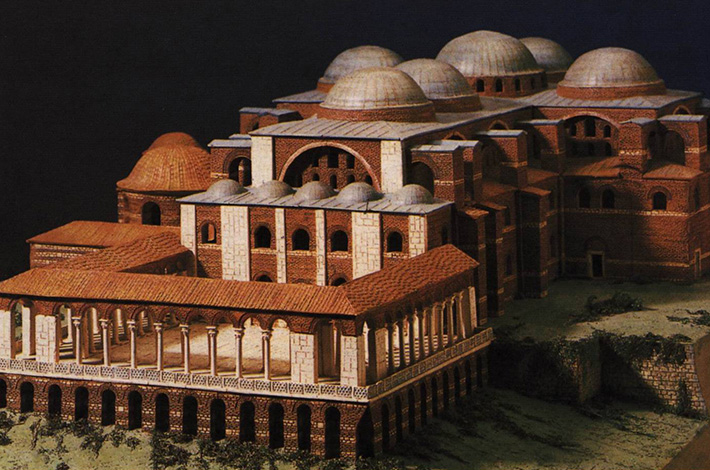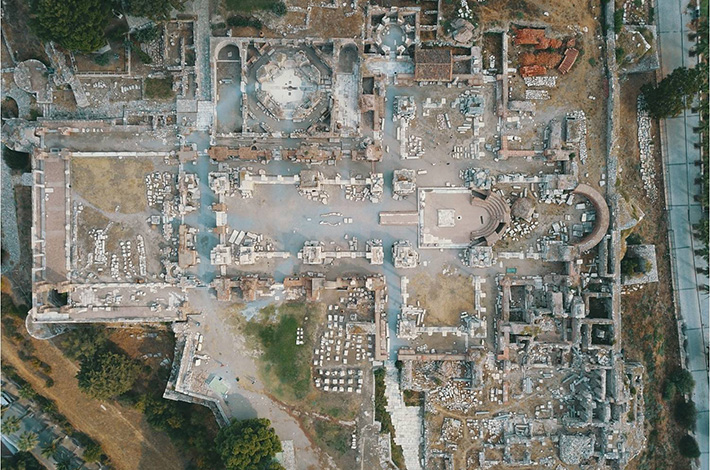The excavations on Ayasuluk Hill since 1990 have significantly altered the history of Ephesus. It has been discovered that Ephesus, traditionally believed to have been established by Greek colonists in 1050 BC, actually dates back to the Neolithic Age (7000 BC). Additionally, Ayasuluk Hill was one of the earliest and most significant settlements in Ephesus after the Middle Bronze Age (2000 BC). Ayasuluk Hill (Apasas) served as the capital of the semi-dependent Arzawa-Mira Kingdom in Western Anatolia, under Hittite rule. Between 1900-560 BC, the primary settlement near Ephesus was the city or fortress located on Ayasuluk Hill. Discoveries from this era in the vicinity of Ephesus have primarily been unearthed on Ayasuluk Hill and around the Temple of Artemis. The settlement on Ayasuluk Hill was the main city until the Lydian King Croesus relocated it to its new location around the Temple of Artemis in 560 BC. This city, known as 'Ephesus II', is currently awaiting excavation at a depth of at least 4.00 metres below the surface. In the 4th century BC, the city was relocated once again due to the filling of the harbour. The city of Ephesus III was re-established by Lysimakhos, one of the generals of Alexander the Great, around 300 BC. It became the capital of the Province of Asia in the Roman Age. During this period, a military fortress was located on Ayasuluk Hill, controlling the northern and eastern regions of Ephesus. Ephesus III declined in Late Antiquity and was relocated again in the 7th century AD when the harbour became unusable. IV. Ephesus has been relocated to its original site on Ayasuluk Hill (I. Ephesus). This location has regained significance due to the construction of the Pilgrimage Church on the tomb of St. John the Baptist, who was a favourite disciple of Jesus Christ and the author of the Gospel. Ayasuluk Castle features several structures, including the Church of St. John, the Outer Castle Walls, the Monumental Entrance, the Chapel and the Treasury (Skeuophylakion), the Baptistery, the Atrium, the Bishop's Palace, the Byzantine and Turkish Period Cisterns, the Byzantine Period Aqueducts, the South Terrace Houses, the Castle Mosque, the Castle Pavilion and Bath, and the Basilica-Cistern.
AYASULUK ARCHAELOGICAL SITE




